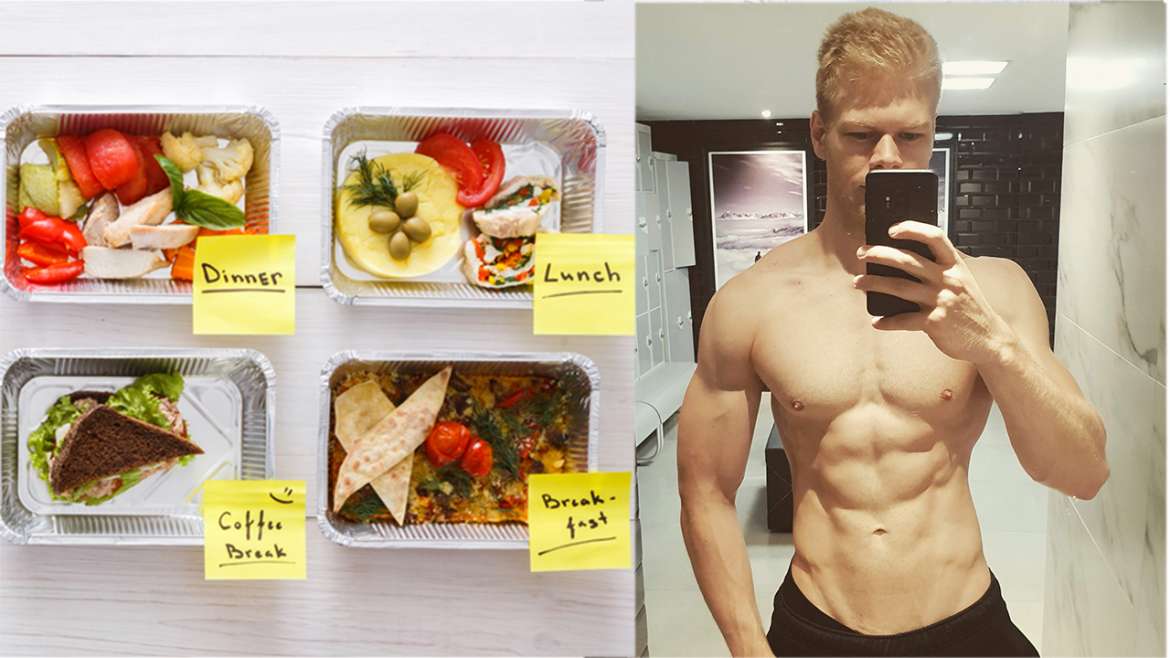Want To Know How To Properly Warm Up Before Lifting Heavy Weights? Read On…

A proper gym warm up will lower your risk of injury, increase strength by preparing the nervous system for increased stress levels and overall help you reach your fitness goals faster. Most trainees understand the importance of warming up before lifting weights, but often forget about it when they are actually in the gym.
Before I show you what the optimal warm up routine for lifting weights looks like, let’s discuss some common warm up mistakes that many trainees make.
Warm-Up Mistake 1: Too Much Cardio
When talking about a good warm up routine, most people think of some sort of cardio to “get their blood flowing” (e.g. running on the treadmill). The problem with these full-body warm ups is that they don’t prepare your central nervous system. All the major exercises you should be doing in the gym involve a unique movement and target a specific body part.
No amount of cardio will get your muscles or your central nervous system ready for such a task. In fact, it usually is counterproductive. The more you run or bike to warm up before lifting heavy weights the more you deplete your glycogen stores. If you can’t live without some form of cardio before your workout, make sure to keep it to a minimum (=below five minutes).
Warm-Up Mistake 2: (Static) Stretching Before Your Workout
Don’t get me wrong! Stretching is a vital part of any workout routine, but its timing is just as important. Research shows that static stretching before your workout does not prevent injuries and does little to improve flexibility. It some cases it even decreased athletic performance due to the damage it can cause to muscle tissue.
Instead, use static stretching after your workout to maintain flexibility and prevent injuries more effectively. Hold the stretch for no longer than 15 – 20 seconds to avoid muscle hypoxia (lack of oxygen in the muscle). As for dynamic stretching before a workout, which involves movements to warm up the muscles, it’s really up to you. For most people, the pre-exercise warm up we will talk about later should be enough. However, if certain body parts like your elbows, knees or shoulders tend to hurt during exercise, you should give a good dynamic warm-up routine a try.
Warm-Up Mistake 3: Lack Of Progression In Your Warm-Up
Most guys will do one or two sets of 10 – 15 reps with only the bar and then go straight to their first working set. Just like cardio, this strategy will do very little to prepare your nervous system for the stress it’s about to be under. You need to build up tension by doing a series of progressively heavier warm-up sets. The heavier the weight in your first working set – meaning the closer you are working to your 1RM – the more warm up sets you’ll want to do.
How do you get close to your working weight, without fatiguing yourself in the process?
The obvious problem with this type of warm up before lifting heavy, is that it can wear you out before you even reached your first working set. To avoid unnecessary fatigue, you should increase the weight in each warm up set, while decreasing the repetitions. Let me explain:
The Optimal Warm-Up Before Lifting Weights
The best way to prepare your muscles, joints and central nervous system for heavy lifting is by doing a specific pre-exercise warm up routine. This routine should be done before the first exercise for a given muscle group that will be trained in your workout. If you do a classic upper/lower body or push/pull/legs split routine this means one or two warm up sequences per workout. For a beginner full-body routine it would be three sequences.
The Full Warm Up Sequence:
1. Warm Up Set: 8 reps with just the bar
2. Warm Up Set: 5 reps with 50% of your first working set
3. Warm Up Set: 3 reps with 70% of your first working set
(4. Warm Up Set: 1 rep with 90% of your first working set)
Rest In Between Sets: 30 Seconds
This warm up routine perfectly prepares your body for your workout without fatiguing yourself or depleting your glycogen stores (like cardio does). It helps you get ready physically and mentally for your first working set, while also decreasing the risk of injury.
As you can see, I put the last set in brackets, because beginners usually don’t need a fourth warm up set. Since they usually work with less weight than intermediate and advanced trainees, three warm up sets are enough. As a general rule, the heavier the weight you want to lift, the more warm up sets you should do.
Feel Free To Ask Questions And Share Your Thoughts In The Comments Below!



